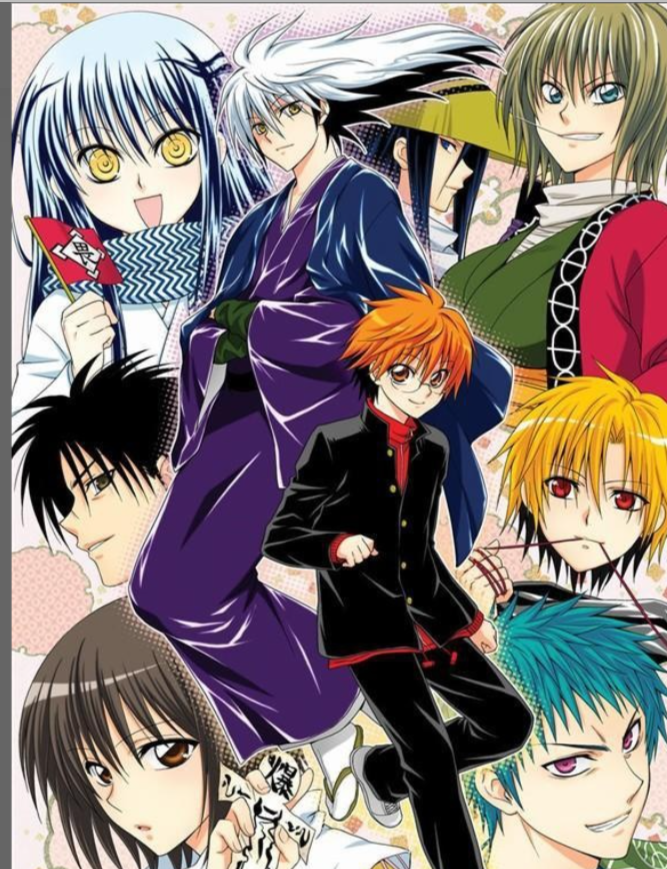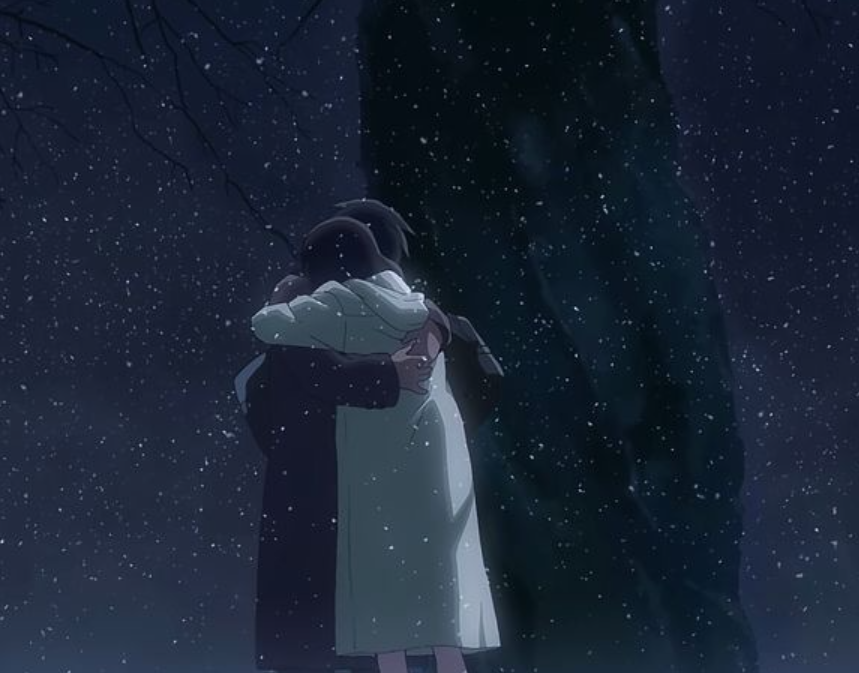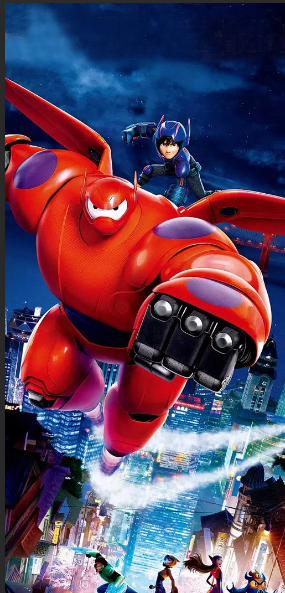
The grandson of the slippery ghost
At least from the perspective of the whole play, the only shortcoming is that the second half, especially the Shikoku 88 Ghosts of the Night, is too slow, and the real battle is not really a fight at all, so it gives people the feeling of forced water time. To be honest, although the bullet screen is somewhat less exciting because it reveals the plot, it is still able to keep up with the original comics because of the constant “science popularization” of the bullet screen elder brother. But judging from this work, the overall treatment is actually quite good.
The first is the chapter of Enlightenment. To say that the treatment of consciousness is actually rather rough, it can only be completed by combining with the later text. However, this chapter describes a large number of world views in detail, adds quite a lot of information, and also diverts the attention of the audience. The Ox Ghost chapter is the initial development of Lu Sheng, which strengthens the image of Ox ghost and makes this character full of mystery (especially the bullet screen of Elder Brother strengthens this point), and the words about the character fragments can prove their speeches (once fought with the Nulling group for three days and three nights, and the baboon might be stronger than Grandpa). The Purple Mirror, on the other hand, is more like laying the groundwork for Genii to become a female protagonist. It doesn’t do much more than reinforce the character (at least for now, especially since bullet screen and other people are constantly stressing that she’s not a female protagonist and she’s not born in China). It turns out to be superfluous, but it’s also confusing, so it doesn’t feel much. The last Shikoku 88 Ghosts of the Night, although a lot of writing, but actually put to the point is a story of Hushing as a “strong enemy” to disturb Lu Sheng’s overall peaceful life, and the unexpected departure of his grandfather coupled with the “internal and external difficulties” of the Nulling group, Lu Sheng has to grow up. In this story, Lu Sheng is also the first true sense of growth (accept oneself, accept oneself, accept oneself, accept oneself, Have faith and purpose).
To be honest, the whole story is actually a good one without looking at the bullet screen elder brother’s speech, first forced to accept oneself (old mouse), then actively accept oneself (cow ghost), and then know oneself and make full use of power (Hushing). The whole look is about the slimy ghost youngest growing up story, is full of blood and young youth. But if you lose something, you gain something. Bullet Screen Brother’s words are like a splash of water on the head to remind me that the so-called good story is designed (the older generation wants its own family, thinking about it carefully can be considered as a surprise but logical setting). Well, it wasn’t bad. At least it made me more realistic.
There are a lot of things that can be learned throughout the series, such as not setting limits on natural power (not obvious) to maintain suspense and room for twists in the story, and the gradual and logical growth of the main character Lu (first the external “mercenaries” of the internal forces, then the internal forces themselves, Then external forces “clever coordination” constitute internal and external difficulties) plot step by step to the climax, and the natural “enemy” onmyoshi become friends and “use” its power… There’s more interesting stuff about setting
Since it’s just the animation, it doesn’t touch on the book (though I haven’t seen it, either). It can be imagined that the following plot must be accompanied by the growth of Lu Sheng and the whole Nulling group and even the school monster interest club. There are a lot of things you want to poke fun at, and it’s nice to have a little bit of an official supplement at the end of each episode, which makes it a lot more fun because of the slots and self-slots. But there’s one thing that really kills it, the confusion of the moves, and especially the simplicity of the fights (literally) that makes it harder to ignore, which is a flaw (but the real flaw is the length of the second half).


